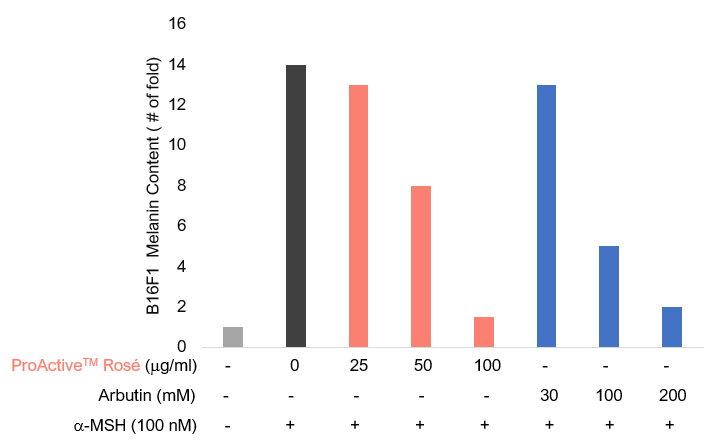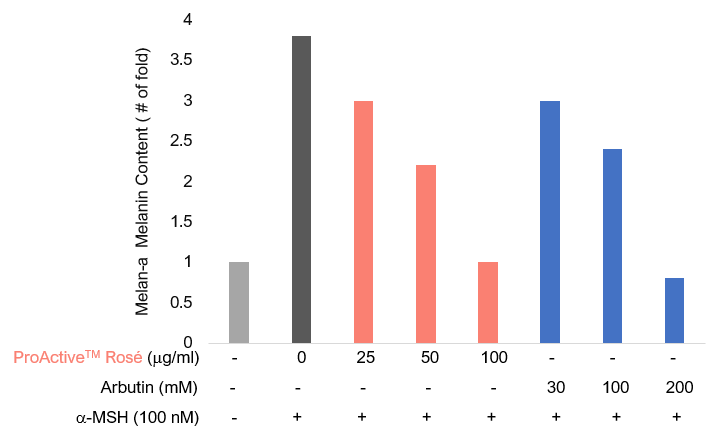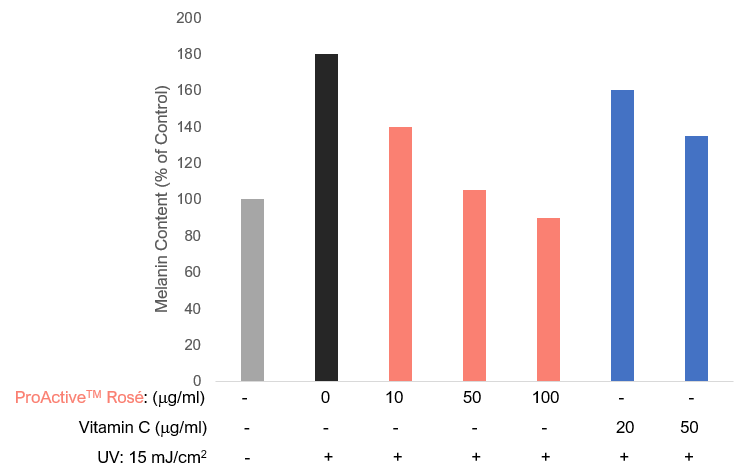Vines: Sustainably Delivered to Skin
Wine is one of the largest crops in the Nyons region. After almost 20 years since the first documents were filed, the Nyons wine area was recognized by an AOC at the end of 2020. This makes it the last and the 22nd AOC in Côtes du Rhône.
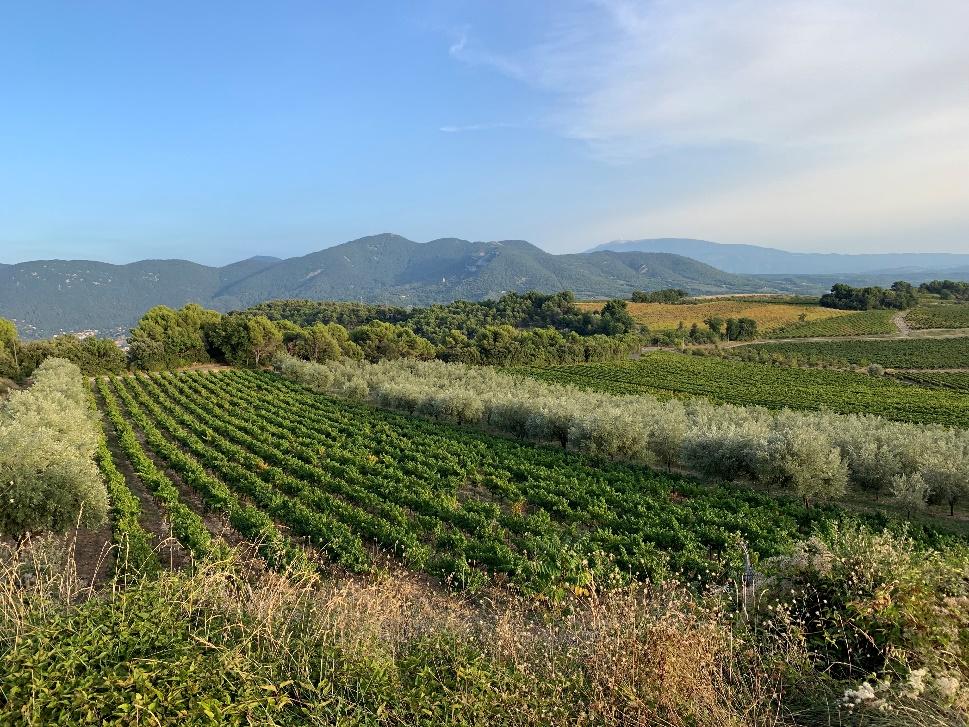
Wine pomace (or marc in French) is the collection of solid material remaining after the pressing of grapes for juice during the wine-making process. About 30% of pomace is crushed grape components, such as skins, pulp, seeds, and stems of the fruit. Grape pomace has traditionally been used to produce pomace brandy and grape-seed oil. It is mostly used as cattle feed or natural fertilizer today.
Around 70% of the phenolic compounds present in grapes remains in the grape pomace after the wine-making processing. Proscien’s patent-pending extraction and delivery technology enables us to efficiently utilize this by-product stream for cosmetic functions. ProActive™ Rosé is the fruition of this research. To maintain consistency, we have fixed partnership with a local winery. ProActive™ Rosé is derived from the same type of grape grown on the same piece of land.
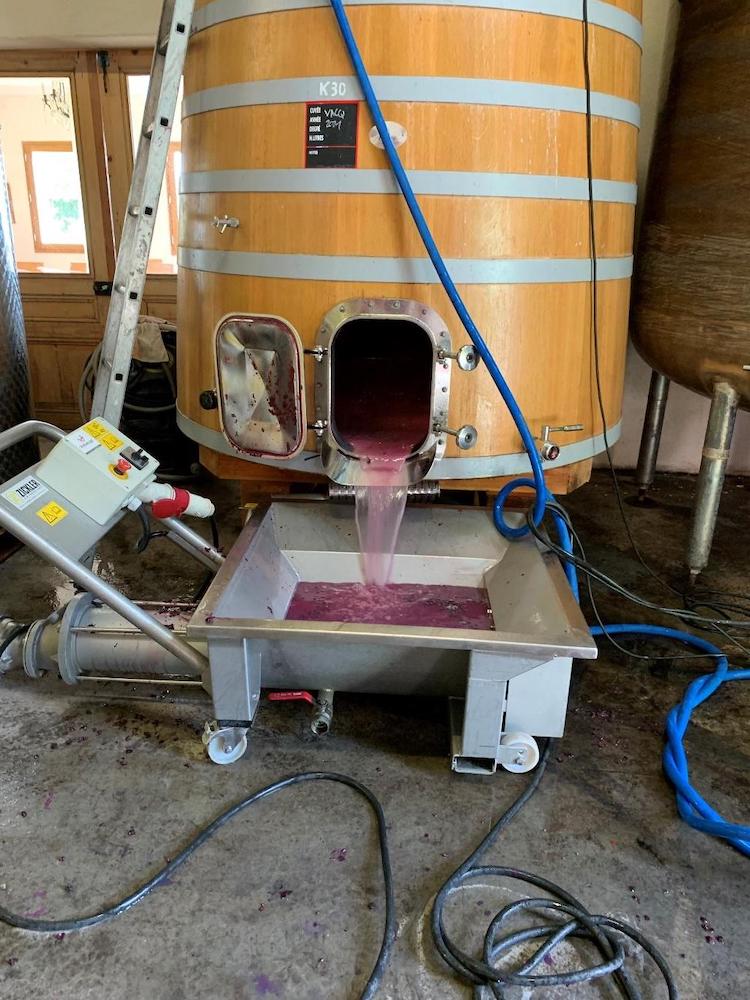
We pack in ProActive™ Rosé (INCI: Vitis Vinifera (Grape) Fruit Extract (and) Theobroma Cacao (Cocoa) Seed Butter) all the antioxidants of red wine and deliver them in a skin-available form. Extensive cell biology studies have demonstrated that ProActive™ Rosé is very effective in reducing hyperpigmentation caused by UV, acne, or hormones.
